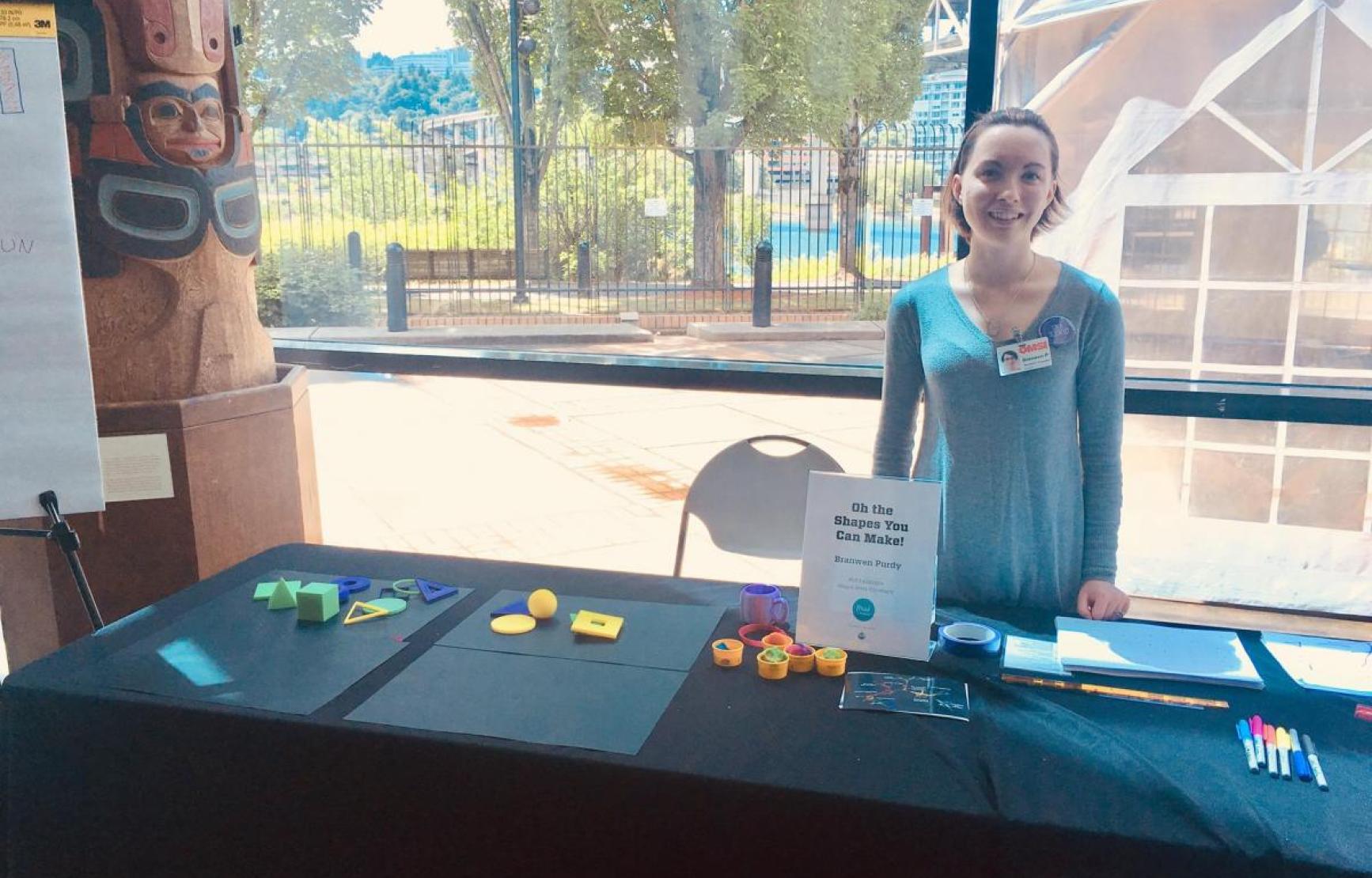Join us for these events hosted by the Department of Mathematics, including colloquia, seminars, graduate student defenses and outreach, or of interest to Mathematicians hosted by other groups on campus.
Global well-posedness and the stabilization phenomenon for some 2D fluid equations
Speaker: Weinan Wang
In this talk, I will talk about some recent well-posedness and stability results for three incompressible fluid equations. More precisely, I will first discuss a global well-posedness result for the 2D Boussinesq equations with fractional dissipation and the long-time behavior of solutions. For the Oldroyd-B model, we show that small smooth data lead to global and stable solutions. When the Navier-Stokes is coupled with the magnetic field in the magneto-hydrodynamics (MHD) system, solutions near a background magnetic field are shown to be always global in time. The magnetic field stabilizes the fluid. In the examples for Oldroyd-B and MHD, the systems governing the perturbations can be converted to damped wave equations, which reveal the smoothing and stabilizing effect. If time permits, I will discuss some open problems. Read more.
